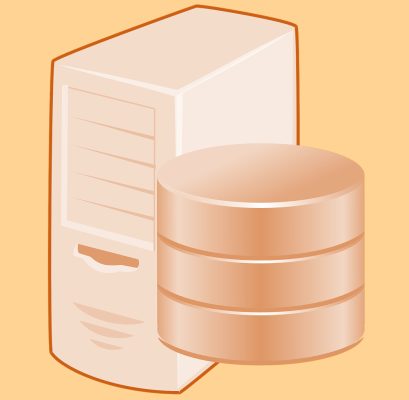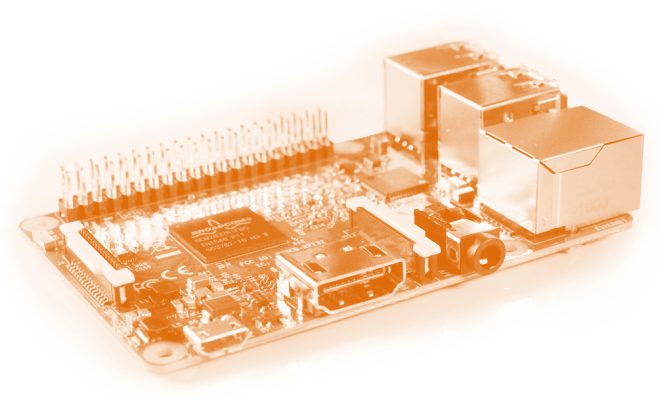Climate change is an incredibly important issue for humanity to solve. The impact that climate change has on our way of life is already being felt in many areas. Some people might think that these problems occurred because of humanity’s rapidly evolving technology, and therefore everything was better in the past. But in reality, the advancement of technology is exactly what is going to give us the opportunity to combat this issue and ultimately come out on top.
Currently, different technological solutions are being developed with the purpose of achieving a more sustainable way of living, reducing pollution, and utilizing cleaner energy sources. Solutions via the Internet of Things (IoT) present some very promising options to help the environment.
IoT has a lot of different applications, and it is being incorporated in more and more areas as time passes. IoT is a technology that stands out because it helps to significantly increase efficiency and automation by gathering, sharing, and processing information between devices, and this is exactly why it can be used on many projects helping the environment.
In this blog, we’ll go over some of the many ways that IoT can help the environment and improve sustainability in different areas.
Saving Energy in a Smart House Automatically
One of the most prevalent ways that we have of individually contributing to helping the environment is saving energy and not using more than what we need. We are usually told that we should try to not leave lights on if no one is in the room or turn off the power supply if we are leaving our house for an extended period of time.
Energy comes from power plants that are very carbon-intensive, and therefore, if we reduce our energy demand from the power plant, we will reduce carbon dioxide emissions and our carbon footprint.
IoT can be greatly beneficial for automatically turning devices on or off depending on the situation. For example, an IoT device that can sense temperature can automatically turn on the AC when the outside temperature goes above a certain mark, and it could also automatically turn the AC off when it is cooler outside too. It could also be a device that is set to turn down the heating when you go to bed, while raising the temperatur again at a certain time in the morning.
An IoT device that detects movement can know when someone is in a specific room and turn on the light automatically and also turn the lights off when no one is in the room.
IoT devices can be programmed to ensure that energy is being efficiently used automatically, and that way no energy will be wasted in case someone forgets to turn off devices or forgets to go outside to check if the AC is still needed.
While IoT devices also consume energy, manufacturers are improving energy efficiency in IoT every year, and the energy efficiency benefits of implementing IoT in smart houses are already worth it. It is also important to implement communication protocols that are energy efficient to take full advantage of IoT. In this case, a communication protocol like Nabto’s P2P is low latency so it does not consume as much power.
Learn more about using Nabto to make your smart home or business solutions more environmentally conscious, by booking a free consultation today.
Smart Farming
IoT devices can even be implemented in farms in order to automate processes like harvesting and watering and, in turn, be friendlier to the environment. Farms can be made more efficient by introducing IoT devices. This cuts down the need for so much human intervention and an overreliance on machinery that runs on gasoline.
Smart Farms can also conserve more water. Thanks to IoT devices and their sensors and communication, it is possible to know exactly how much water is needed by each plant at the exact moment it is needed, and weather prediction is also possible in order to know when rainwater can be harnessed, making sure that no water is wasted.
Using IoT can also make smart farms optimize the use of space. By gathering information about a farm via IoT devices, it is possible to examine many variables that can affect production. Aspects like soil moisture, sunlight, temperature, and more, can be gathered automatically by IoT devices. This can then help farmers optimize the use of space and improve the quality of the produce.
Industrial Applications
Over the years, more and more industries are adopting IoT in their factories to take advantage of its benefits. Factories can use the benefits mentioned above, optimizing energy in order to reduce waste, analyzing gathered data to optimize production, and automate processes to be more efficient.
Factories implementing IoT solutions can have a significant impact in the environment since the regular practices contribute a lot to pollution. If at least some processes are made more efficient and optimized, pollution can be significantly reduced.
Wildlife Conservation
IoT has also been used to gather data and track endangered animals. The information automatically gathered by IoT devices has helped scientists understand animal’s behaviours, health, and habitat in a non-intrusive way.
The benefits that IoT can have in this area have helped researchers protect endangered ecosystems and it is believed that, with the improvement of IoT devices in future years, IoT solutions can become more common and have an even bigger impact on protecting the environment.
Conclusion
IoT can positively impact a lot of areas and industries. This also makes IoT solutions very effective in helping the environment and improving sustainability. IoT’s nature of data collecting, optimizing, and automating, impacts the environment positively and it is expected that it will be even better in the future.






